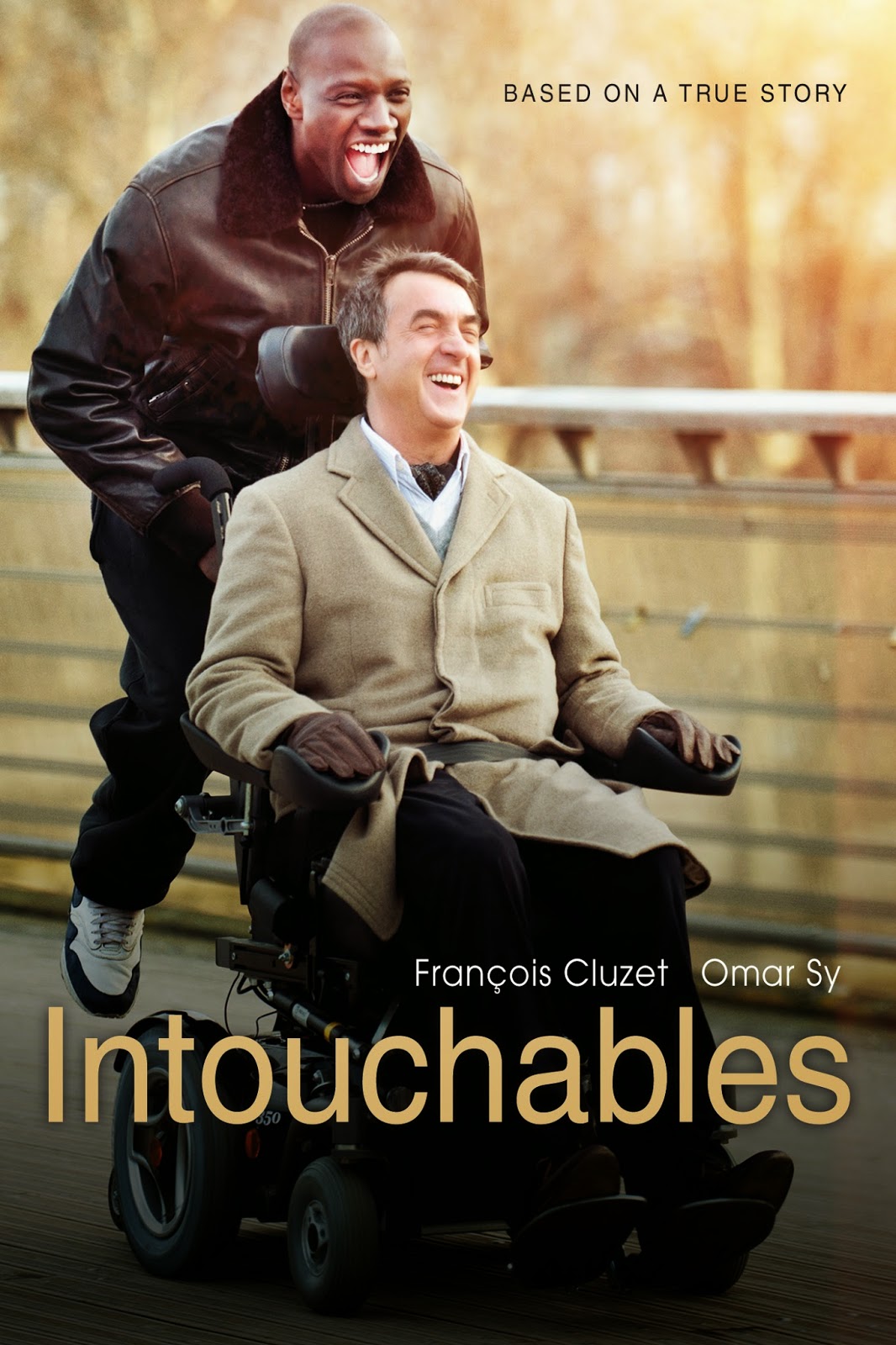Analysis of Arthur Miller’s The Crucible (the movie)
“The Crucible” was a play written by Arthur Miller during the McCarthy era. The play is mainly about the witch hunts that took place in Salem, Massachusetts in the 1690s. In the 1990s, this play was turned into a film with the screenplay written by Arthur Miller, and starring Academy award winner Daniel Day-Lewis and Wiona Ryder. The story follows a farmer named John Proctor who lives in the small town of Salem. He is a man of faith, who has had an affair with a younger woman named Abigail. The film mainly follows these two characters, John is the protagonist and Abigail is the main antagonist.
“The Crucible” starts with a group of young girls performing a ritual in the woods. While performing this ritual the town’s priest (named Paris) catches them in the act. This ritual is suspected of being a type of witchcraft, and the girls choose to confess to taking part in a demonic ritual. Nevertheless, we find out that this was not witchcraft, though the girls do not admit this. The girls rather mention people who are “minions” of the devil, and who should be made to confess to their allegiance with the devil. This leads to a massive witch hunt, which the protagonist “John Proctor” tries to stop, but ends up being stuck in the middle of.
John Proctor is a torn man, because he is a man of faith, yet he has committed adultery. He has had an affair with the leader of the “witch girls”, Abigail. What partially fuels her into telling lies about the inhabitants of Salem, is that she wants to get rid of Proctor’s wife. Abigail is madly in love with Proctor and will do anything for them to be together. Another important character in this film (play) is the judge, Thomas, who is leading the witch trials in Salem. He is a man who believes in true justice and his God. He is also one of the greatest threats in the film. He truly believes that the girls are telling the truth, though he does question them at times. However, he is blinded by his faith.
The film uses a lot of imagery: John Proctor constantly quotes the Bible. He once refers to himself splitting the town like the Red Sea. Abigail also talks in great detail about what she is apparently seeing while being under the devil’s command. The devil and the other demons that the girls claim to be seeing in the courtroom are described as dark shadows, whispering into the ears of the “corrupted” humans.
The atmospheric elements that the film uses are discrete. But quite effective. When the film starts, the weather seems sunny and calm, but while the story is developing, the weather also changes. It gets darker and colder as if the weather tries to warn us viewers that the worst is yet to come, so it keeps you on the edge of your seat throughout the picture. By making this a story told by an all knowing third person it helps to reinforce the tragedy of the story. When you know that the girls are just making up these hallucinations, it leaves you with a feeling of frustration and fear for the main character’s life. You understands what the accused are going through, and the tension rises even higher.
The climax of the film comes at the ending when John confesses to seeing the devil. We know that he is innocent, so it is both sad and it almost feels like a defeat. When Proctor is asked to sign a confession to what he had done so that the confession can be hanged on the church door, John refuses. He would rather die than ruin his own name. this can be traced back to what Arthur Miller was going through, he would not ruin his own name by signing the blacklist.
Writing this play was a very smart way for Arthur Miller to tell us about the fears and frustrations of being accused of something that you have not done, by a group of unknowing, scared and untruthful people. The themes are fanaticism, mass hysteria, faulty leadership and mistreatment of your own people. All these themes are relatable to the situation Arthur Miller was exposed to during the McCarthy area. The McCarthy area and the witch hunts of the late 17th century were what inspired him to write this play. He uses the similarities between the two events to write an almost satirical play about the government at the time. These events are very significant to each other, as I have already touched upon, as there are obvious similarities between the two. The biggest and most important one is that both events are about innocent people being hunted down and wrongfully accused of being something they are not.
The American government blacklisted Arthur Miller as a communist (or communist sympathizer). When he tried to travel to Britain for the premier of “The Crucible”, his passport was confiscated and he was not allowed to leave the country. Many people at that time (1950s-60s) were blacklisted. Charles Chaplin was also blacklisted and left the US because of it. This happened to many innocent people, and that is why Arthur Miller chose to write “The Crucible” to show the world how he and many other Americans were mistreated by their own government and, even more important, their fellow countrymen.
Sadly the play does not transcend well to the screen, with the movie being very mediocre. The film is very slow paced and drags throughout most of its duration. A very disappointing film about a very interesting play, with even a more interesting backstory. I would recommend watching it because of its historical significance, but if you look past that, I would never recommend “The Crucible”


























.jpg)




























